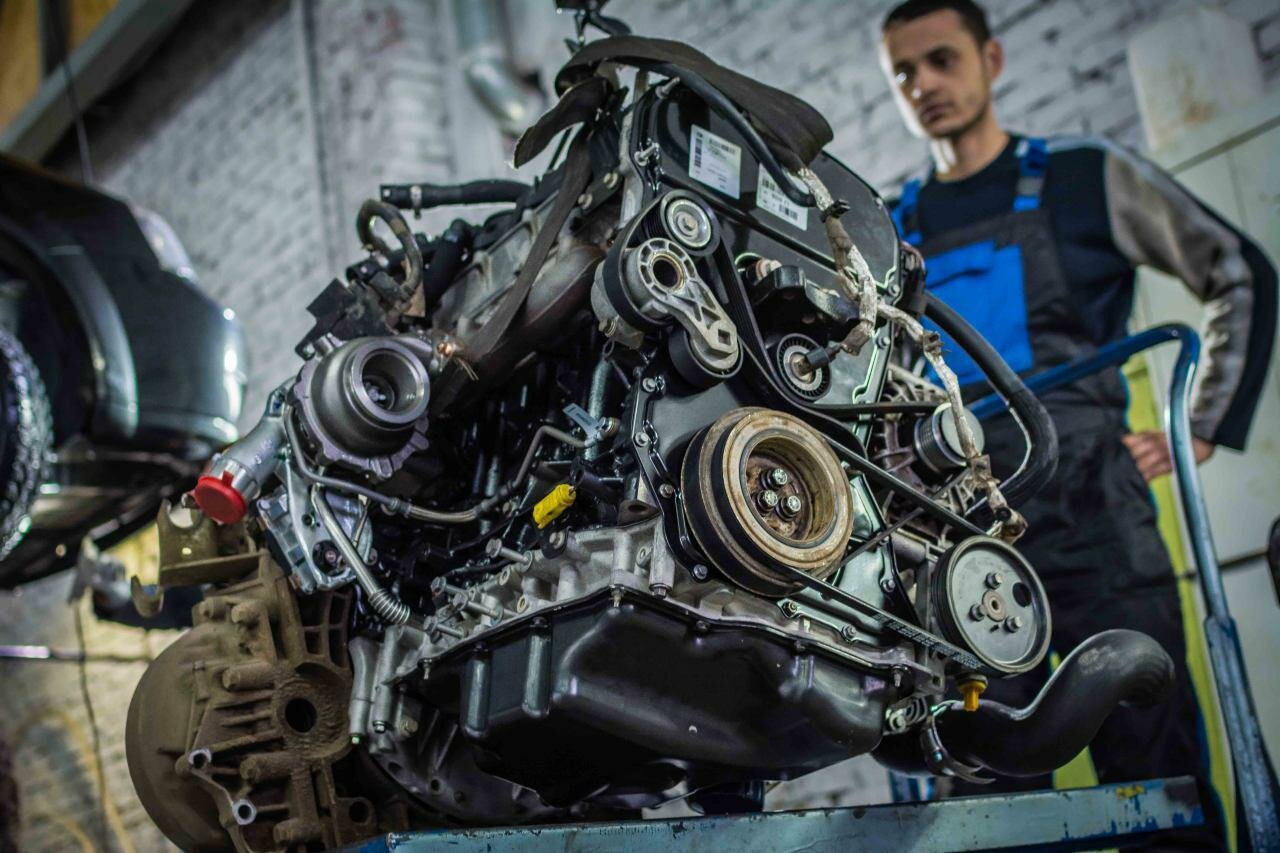Chevy Impala 3.4 Engine Overview
A Brief History
The Chevrolet Impala has been a staple in the American automotive landscape since its debut in 1958. Initially introduced as a high-end trim for the Bel Air, the Impala quickly gained popularity and became a standalone model by 1961. Over the decades, the Impala has undergone numerous redesigns and updates, evolving from a classic full-size car into a modern sedan. Among its various engine options, the 3.4-liter V6 engine, which was part of the third generation of the Impala produced from 2000 to 2005, has garnered attention for both its performance and the issues that have plagued it.
The 3.4-liter engine was designed to provide a balance of power and fuel efficiency, appealing to a wide range of drivers. However, as with many vehicles, the Impala’s engine has not been without its share of problems. Owners have reported various issues that can lead to costly repairs and, in some cases, safety concerns. Understanding these problems is crucial for current and prospective Impala owners, as it can significantly impact the vehicle’s reliability and overall driving experience.
As the Impala transitioned through different generations, the 3.4-liter engine became known for its specific set of challenges. While it may have been marketed as a dependable option, the reality for many drivers has been far from ideal. This article will delve into the common problems associated with the Chevy Impala 3.4 engine, providing an unfiltered look at what owners might face. From engine performance issues to potential safety hazards, it’s essential to be aware of these factors before making a decision on purchasing or maintaining this vehicle.
Common Issues with the Chevy Impala 3.4 Engine
The Chevy Impala 3.4 engine has been a popular choice among drivers for its balance of performance and efficiency. However, it is essential to recognize the various problems that can arise with this engine. Understanding these issues can help owners make informed decisions about maintenance and repairs.
Engine Overheating
One of the most significant problems reported by Impala owners is engine overheating. This issue can stem from several factors, including:
- Coolant leaks
- Faulty thermostat
- Clogged radiator
- Water pump failure
Overheating can lead to severe engine damage if not addressed promptly. Signs of overheating include the temperature gauge rising above normal levels and steam coming from under the hood.
Intake Manifold Gasket Failure
Another common issue with the 3.4 engine is the failure of the intake manifold gasket. This gasket is crucial for sealing the intake manifold to the engine block. When it fails, it can lead to:
- Coolant leaks
- Rough idling
- Loss of engine power
Replacing the intake manifold gasket can be a labor-intensive process, often requiring significant time and expense.
Oil Leaks
Oil leaks are a frequent complaint among Impala owners. These leaks can originate from various sources, including:
- Valve cover gaskets
- Oil pan gaskets
- Front and rear main seals
Ignoring oil leaks can lead to low oil levels, which can cause severe engine damage over time.
Misfires and Rough Idle
Drivers have reported issues with engine misfires and rough idling, which can be attributed to:
- Faulty spark plugs
- Worn ignition coils
- Fuel injector problems
These issues can lead to decreased fuel efficiency and increased emissions, making it crucial to address them promptly.
Table of Symptoms and Consequences
| Symptoms | Consequences |
|---|---|
| Engine overheating | Severe engine damage |
| Coolant leaks | Engine misfires, overheating |
| Oil leaks | Low oil levels, engine wear |
| Rough idling | Decreased fuel efficiency |
| Loss of engine power | Reduced performance, potential stalling |
Top views |
|
|---|---|
 |
Oil, Timing Chains, Pistons: What Really Kills an Engine Prematurely? |
 |
How to Choose a Car with a Reliable Engine: Used Car Market Hacks That Actually Work |
Conclusion
The Chevy Impala 3.4 engine, while popular for its performance, is not without its significant issues. From overheating to oil leaks, these problems can lead to costly repairs and affect the overall driving experience. Being aware of these potential issues is crucial for current and prospective owners to ensure the longevity and reliability of their vehicle.




0 Comments